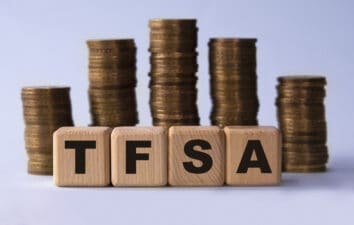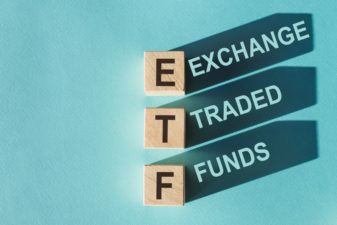In a recent article, I’d outlined three reasons why investors might want to open a TFSA instead of an RRSP. Specifically, I said that if your investing goals are more short term than long term, the unique features of a TFSA will serve you best. The crux of the argument was that a TFSA’s tax-free withdrawals give you the flexibility to trade, cash out, and spend the proceeds immediately. While you can do the same with an RRSP, it can come with a great tax burden — particularly if you earn a high income.
However, there is more to this story. Investors have many goals, and for sensible investors, saving for retirement is one of them. This is where RRSPs really shine. Not only do RRSPs provide a strong incentive to hold all the way to retirement, they also come with a host of tax advantages you can enjoy in the here and now.
If you want to get the most out of your investments, it pays to get all the tax advantages you can. So, without further ado, here are three reasons for tax-wise investors to open both a TFSA and an RRSP.
Two kinds of tax benefits
TFSAs and RRSPs both provide tax benefits. However, they’re two very different types of benefits. TFSAs exempt your holdings from capital gain and dividend taxes while they’re in the account and do not result in a tax on cash withdrawals. RRSPs give you a tax deduction on the money you put in and shelter your holdings from taxes while they’re in the account — but withdrawals are taxed.
As you can see, TFSAs and RRSPs do two different things. And if you have both, you can enjoy both. This becomes a huge advantage if you want to follow multiple investing strategies at the same time.
Multiple investing strategies
Because TFSAs are tax exempt, they’re flexible enough for short-term trading.
Because RRSPs are tax deferred, they provide an incentive to buy and hold until retirement.
If you’ve ever wanted to have two separate portfolios with different risk/return profiles, owning both an RRSP and a TFSA will let you do both. For example, you could trade high-growth stocks like Lululemon Athletica (NASDAQ:LULU) in the TFSA, while stashing conservative dividend payers like Fortis (TSX:FTS)(NYSE:FTS) in the RRSP to build a retirement income stream. Having both accounts lets you enjoy the benefits of both strategies: buying and taking profits in the TFSA and buying and holding in the RRSP.
You can close the TFSA and transfer the holdings to an RRSP later if you want
A final benefit of having both a TFSA and an RRSP is that you can always sell your TFSA holdings and transfer them to an RRSP later. Because of the TFSA’s flexible tax-free withdrawals, the entire account can be liquidated and used for any purpose you like. So, if at some point in the future, you decide you only want an RRSP, you’ll have lost nothing by having owned the TFSA today. In fact, if you pocket gains in your TFSA, they could fund very large RRSP contributions in the future — keep in mind, though, that this is all subject to RRSP contribution limits.







